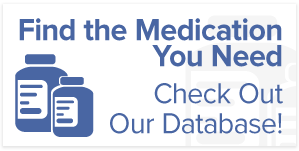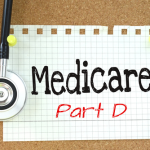Type 1 Diabetes: Symptoms and Treatments
We all know about the dangers of autoimmune disease: diabetes. Diabetes is undoubtedly a scary word that has changed many people’s lives around the world. It is one of the most common diseases, and unfortunately, the bad news is the cases are only increasing over time.
However, what most people don’t know about diabetes is that there are two major types of the disease: type 1 diabetes and type 2 diabetes. While both seem equally serious, dangerous, and easily confusing, the two have different causes, symptoms, and complications. And hence the treatment methods for both types of diabetes are also quite different.
If you are among people confused between the two types of diabetes, then this article is just for you. Today we are talking about Type 1 diabetes – its symptoms, causes, and treatment methods. So, without wasting time, here is all you need to know about type 1 diabetes.
What is Type 1 Diabetes?
Type 1 diabetes is a serious autoimmune disease – it is also known as juvenile diabetes and insulin-dependent diabetes. The fact that the condition is most common in younger people and children is what gave it its name, juvenile diabetes. Type 1 diabetes is a chronic condition of the immune system as it destroys the pancreas’ beta cells (insulin-making cells). Insulin is the hormone that allows us to use glucose to produce energy – but since the immune system destroys the beta cells, the pancreas no longer produces insulin or produces it only in small amounts.
Causes of Type 1 Diabetes
The exact cause of type 1 diabetes is unknown to us, but various factors play a significant role in damaging the beta cells that produce insulin, which eventually causes Type 1 Diabetes. Usually, our immune system turns on us and destroys the beta cells in response to a certain environmental factor, and other times it can be exposed to some specific virus that can cause this problem. But most commonly, type 1 diabetes is genetic, and this is why it is common in young children.
Symptoms of Type 1 Diabetes
Signs and symptoms of Type 1 tablets are subtle initially but can become severe with age. Most of the signs include:
- Increase hunger
- Fatigue
- Extreme thirst
- Dry mouth
- Upset stomach and vomiting
- Blurry vision
- Frequent urination
- Unexplained weight loss
- Frequent infections in the urinary tract or vagina
Emergency Signs of Type 1 Diabetes
- Rapid breathing
- Shaking and confusion
- Loss of consciousness
- Belly pain
- The fruity smell on your breath
Treatment for type 1 Diabetes
Unfortunately, there is no cure for type 1 diabetes; it is a genetic and chronic condition that people have to live with throughout their life. However, there are various ways your doctor might help you manage your symptoms so you can lead a better life instead of a painful one. The best way to keep yourself out of a danger zone would be to keep a close eye on your blood sugar levels – make sure your sugar levels remain in a certain range. Other than type 1 diabetes, patients are recommended to eat healthily, avoid carbs and work out regularly to break down glucose in the body.
Lastly, it’s always important to regularly visit your doctor so they can assign you insulin, which can be externally administered. This helps in keeping blood sugar levels in control. If you are having trouble getting treatment for type 1 diabetes because of your insurance, you can contact Advocate My Meds for their full-service prescription assistance programs. But do not compromise on your sugar levels!







